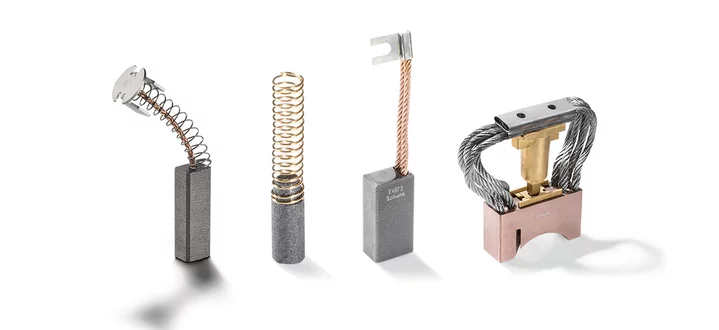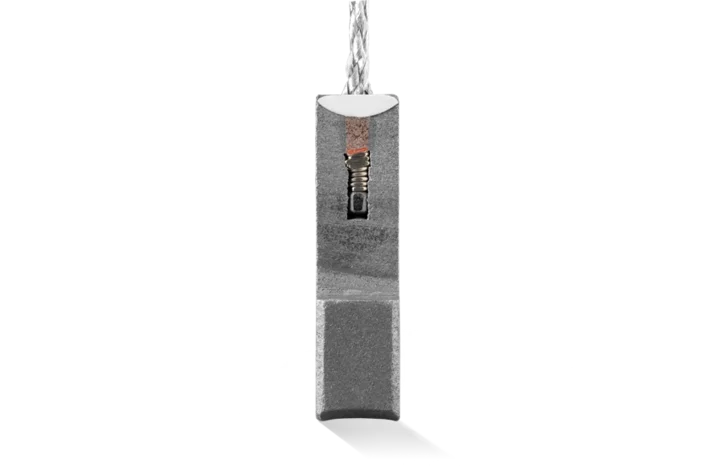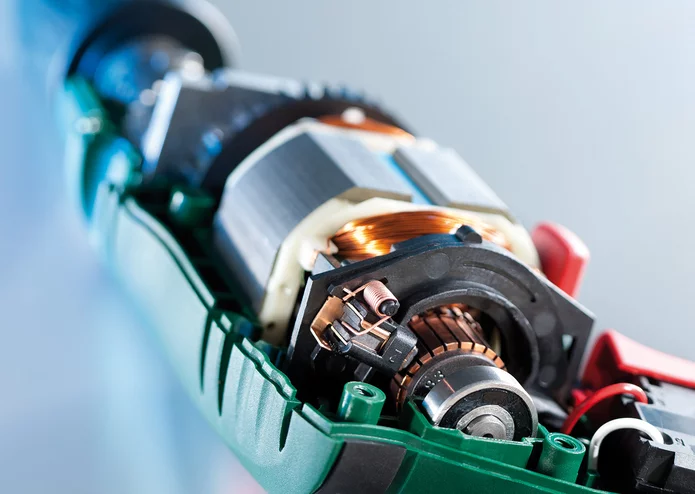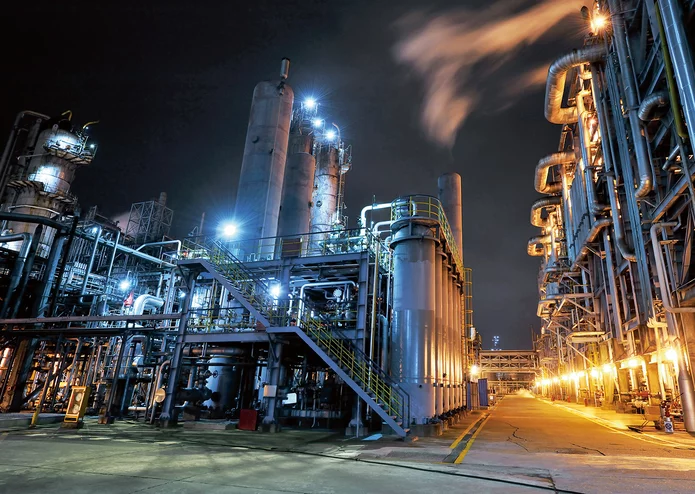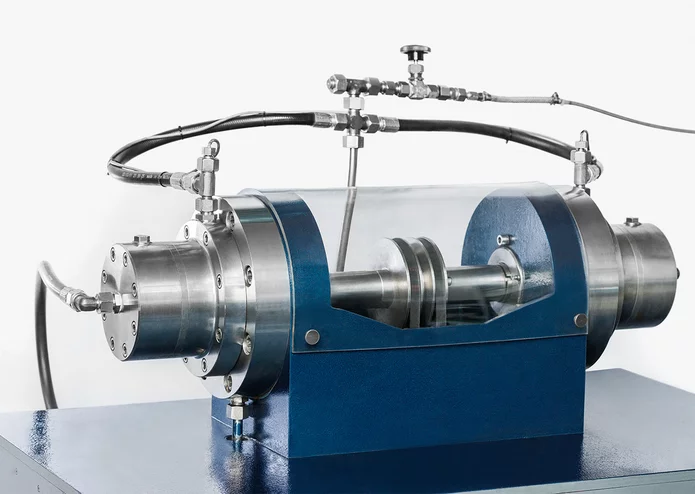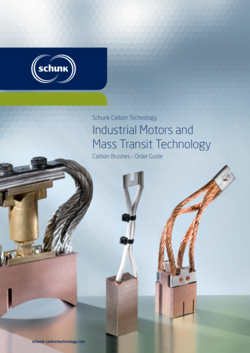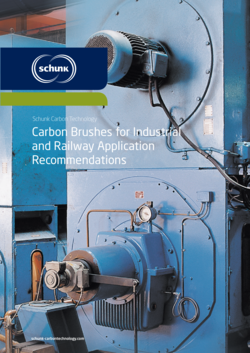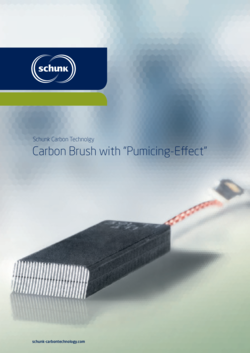Given the wide range of applications, there is also a wide variety of carbon brushes. Below are some of the key factors that influence brush design.
Factors that influence brush geometry and dimensions include:
- Available installation space
- Electrical design (current load, power rating)
- Mechanical requirements (contact pressure, vibrations, commutator roundness)
- Legacy design (previous equipment layout)
- Cost-effective manufacturing (especially when manufacturers are involved early in the design phase)
The material
Material selection is typically a multi-stage process that ends with service life testing. A layperson might choose a material solely based on hardness or resistance values – but in practice, many additional factors must be considered. Experience and knowledge of the application help narrow down the vast range of materials to the most promising candidates.
Additional factors influencing material selection include:
- Electrical characteristics of the motor
- Motor speed
- Environmental conditions (dust, humidity, surrounding media, temperature)
- Commutator material
- Application temperature
- Intensity of vibration
- EMI/EMC requirements
- Cost
- Production volume
The brush surface – contact with the commutator
The brush contact surface can be optimized with features such as pre-formed radius, grooves, or specific impregnation treatments to ensure fast and reliable motor break-in. This minimizes the risk of damage, premature wear, and long conditioning times.


